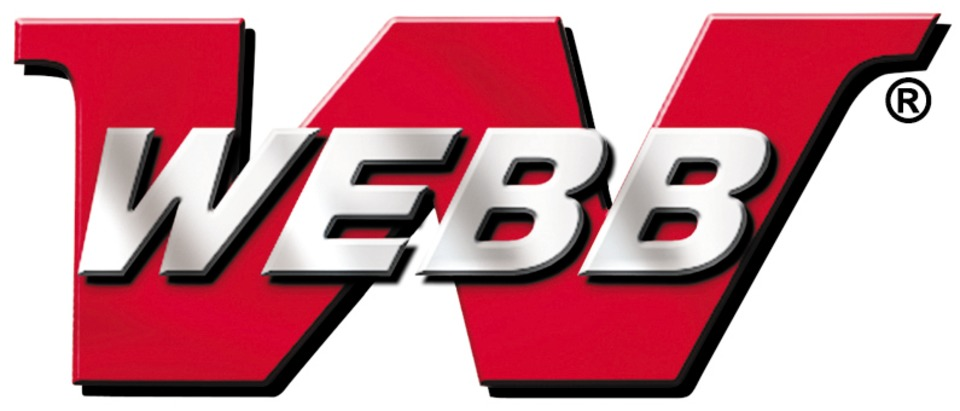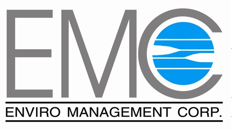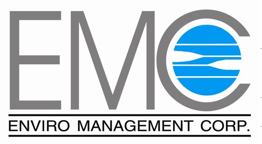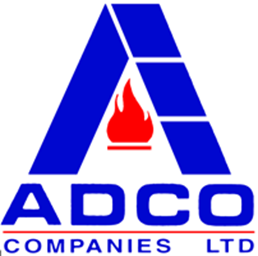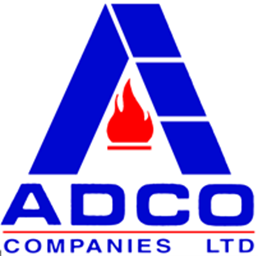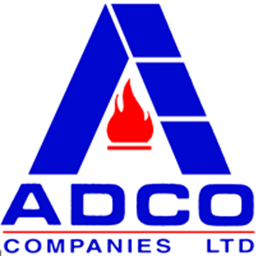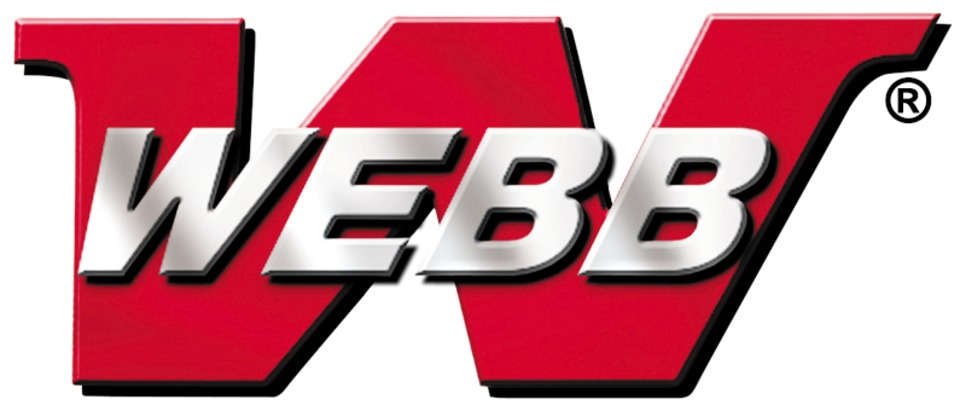Information
-
Department Inspected
-
Document No.
-
Conducted on
-
Prepared by
-
Location
-
Personnel
-
An audit is a snapshot in time. Auditors will conclude the compliance status of the facility based on conditions observed and information provided by facility staff during the period the auditors are on site. Auditors are not responsible, nor can they be held accountable for activities, conditions, operations, actions, or failure of actions by facility staff that may occur or not occur after the auditors leave the facility.
Auditors shall not be held liable for any fines, penalties, or other sanctions that may be assessed against the audited facility by any state, county, city, or other local regulatory authority for any findings reported by the auditors in the audit report.
Semi-Annual or Monthly Inspection
-
Is this a Semi-Annual Inspection? (January and June)
-
Are Occupational Safety & Health Administration (OSHA) and State required posters displayed in a prominent location?
-
Are emergency evacuation traffic routes identified and posted?
-
Are emergency telephone numbers posted where they can be found readily?
-
Annually-Fire alarm tested and drills performed Annually? (Must be documented)
-
Automatic sprinkler system tested every 6 months?
-
Are the automatic sprinklers protected from freezing to prevent frozen pipes
-
Are disconnecting switches and circuit breakers labeled to indicate their use or equipment served?
-
Fuse/breaker/cord size appropriate for use? Amperage rating checked?
-
High voltage equipment (over 600 v) securely enclosed, warning signs posted?
-
All electrical equipment on recorded inspection schedule?
HEATING/VENTILATION
-
Units checked annually by qualified contractor? Certificates on file?
-
Gas or electric sources shut off when not in use? Verified?
-
Pressure relief valves features operating well? Compressors drained regularly?
General Workplace Safety
-
First Aid Stock and available for use
-
Safety signage in place
-
Are the emergency numbers posted where they can be easily found
-
Eye Wash Stations visually Inspected weekly? (Follow Manufacturer’s Testing requirements)
Chemical Usage
-
Chemicals in use in the area?
-
Proper labels on containers Proper health hazard listed / Proper flammability listed / Proper reactivity listed / Proper PPE listed (1910.1200(b)) <br>
-
Knowledge of SDS system Employee can locate SDS, Verify first aid and PPE (1910.1200(h)) <br>
-
"Proper containers (prevent leakage, self closing lids)<br>No open containers / no spills " <br>
-
Are metal waste cans being used for oil soaked rags
Confined Spaces
-
Are confined spaces located in the area?
-
Have the confined spaces been identified by a visible label
-
Has a Confined Space Permit been completed and signed by the Confine Space Supervisor
-
Have all the involved employees received required training per 1910.146
-
Is the air being sampled per company procedures
-
Has the rescue team been notified or put on stand by in case of an emergency
Electrical
-
No open areas in junction boxes (1910.303(b)(1)) <br>
-
Electrical panels have 36" clearance (1910.303(g)(1)(i) Table S-1) <br>
-
Power panels, controls, receptacles & wiring are covered. No missing, loose, or broken parts 1910.303(b)(1) <br>
-
All disconnects, circuit breakers, and electrical panels are marked to indicate service and voltage (1910.303(e))
-
Extension Cords are used without damage or repaired. (1910.305(g)(2)(i))
- Yes
- No
- N/A
-
All receptacles, switches & boxes in good condition (1910.303(b)(1)) <br>
-
No permanent extension cords were used in place of fixed wiring (1910.305(g)(1))
-
Plug ends do not have ground pin removed, all plugs have 3 prongs (1910.303(b)(1)) <br>
-
Is the production area free of multiple plug power strips
Employee Safety
-
PPE Worn is as required (safety glasses, hearing protection, gloves, safety boots, etc.) 1910.95,133,136,138
-
Employees use proper lifting methods and request help when needed. (Lifts over 50 lbs.)
-
Are Employees properly using lifting devices?
Fall Protection
-
Is Fall Protection In use?
-
Ae Employees wearing fall protection correctly?
-
Are Fall Protection in service for less than 5 years? (Harness and lanyards)
-
Is the fall protection in serviceable condition? i.e. now burns, worn areas, broken or missing devices
-
Has the fall protection been inspected by a competent person in the last 12 months? (Must be documented)
-
Have employees assigned fall protection received Fall Protection Training?
-
Is the fall protection properly stored? (not exposed to direct sun light, solvents, or petroleum products)
Fire Protection
-
Are Fire Extinguishers Charged?
-
Are Fire Extinguishers Hung properly? Max Ht 5 Feet
-
Are Fire Extinguishers accessible (not blocked)?
-
Are Fire Extinguishers Inspected every 30 days?
-
Are Fire Extinguishers in good working order?
-
Are Fire Exits unlocked?
-
Are Fire Exits access accessible?
-
Are Fire Exits clear on the outside for 30 feet?
-
Are the sprinkler systems locked in the open, tested as required, and have an 18" minimum clearance?
-
Are Emergency lighting checked monthly to ensure exits and paths are illuminated for emergencies?
-
Are Emergency lights clean? (May need to clean under the lens cover)
-
Are Exit Lights lit up?
Gas Cylinder Storage and Handling
-
Are gas cylinders stored or handled in this area?
-
Are Gas Cylinders located or stored in areas where they will not be damaged by passing or falling objects or tampered with?
-
Are Gas Cylinders stored at least 20 feet away from highly combustible materials?
-
Are Empty cylinders stored and secured separately from full cylinders?
-
Are the cylinders marked as to their contents? Labels must not be defaced or removed.
-
Are Cylinders stored with their protective cap in place
-
Are Flammable and oxygen gas separated by forty (40) feet?
-
Are Gas Cylinders stored in a manner to prevent them from creating a hazard by slipping, falling, or rolling?
-
Are all cylinders stored in the upright position?
Hand And Portable Tools And Equipment 1910 Subpart P
-
Hand Tools Being used in the Area?
-
Are the electrical cord undamaged or unprotect?
-
Are the electrical tool electrically grounded (1910.242)? <br>
-
Are cords, tools, and air hoses in good condition of connecting (1910.242)? <br>
-
Are guards in place and being used properly (1910.243)?
-
Are air tools is good operating condition?
-
Are brooms, shovels, hoes in good condition (not broken)?
Housekeeping
-
Are safety signs posted and legible throughout?
-
Are floors clean and free of slip, trip, or fall hazards (1910.22(a))?
-
Are the Aisle free of any Obstruction (1910.22(b))?
-
Are machines free of unused tools, materials, or other debris?
Ladder Safety
-
Are ladders in use in the area?
-
Free of Loose steps or rungs (loose if can be moved by hand)?
-
Free of Cracked, split, or broken uprights, braces, steps, or rungs?
-
Rungs/steps on metal ladders are free of corrugation or other damage?
-
Warning Labels and Instructions are readable?
-
Free of damaged or worn non-slip bases?
-
Appropriate ladder used for task?
-
Free from grease, oil, or slippery materials?
- Yes
- No
- N/A
-
Do ladders extend at least 3 feet above elevated surface and secured from movement?
Lifting Devices
-
Does the Area Have Lifting Devices
-
Lifting devices listed as to the weight capacity?
-
Are lifting devices free of damage?
-
Do the lifting devices have their data label available and readable?
-
Slings- Material is intact; no signs of wear, bleaching, fraying, shrinkage, holes, ripped stitching, etc..?
-
Nylon web straps are intact? (No warning string exposed)
-
Are the Fitting/Shackles/End Fitting/Hard eyes -free form being deformed, worn, corrosion, burns or other damage?
-
Are hooks without damage and the mouse intact?
Lockout And Tagout
-
On/Off Switch easily accessible without leaving his/her position at the point of operation?
-
Lockout Procedures written and inplace? 1910.147
-
Authorized employees maintain control of their locks and badges?
-
Are locks assigned to the authorized employee?
-
Are certain type of locks identified for lockout operations only and not used for security purposes?
Machine Guarding / Safety Signage
-
Are barrier guards on moving machinery parts, belts & pulleys (1910.219)?
-
Are the Point-of-Operation & pinch points guarded & marked (1910.212)? <br>
-
Is the Fixed machinery anchored to deck/work bench to prevent movement (1910.212(b))? <br>
-
Are all rotating shafts are guard to prevent accidental contact?
-
Are On/Off Kill switch is easily accessible without leaving his/her position at the point of operation? <br>
-
Is disabled equipment locked/tagged to avoid unauthorized use?
-
Is all machinery and equipment kept clean and properly maintained?
Material Handling
-
Is material handling or storage occurring in this area
-
Is the material on elevated surfaces piled, stacked, or racked in a manner to prevent it from tipping, falling, collapsing, or spreading?
-
Are the employee(s) using mechanical assistance for picking materials?
-
Are all pallets free of damage before being loaded or moved?
-
Is there safe clearance for equipment through all aisles and doorways?
Power Industrial Truck Operations (All PITs Forklift, sweepers, loaders, scrappers, etc)
-
Are PITs in use in the area?
-
The PIT has had its Pre-use inspection completed? <br>
-
Are Employee wearing their seat belt?
-
Has the proper fueling method been followed? Are the Employees wearing proper PPE, Safety glasses, Face Shield arm, and hand protection? <br>
-
Are PIT Operators following the facility rules of operation? speed, parking, driving skills
-
Do the Operators have in their possession their operator card?<br>
STAIRWAYS/WALKING SURFACES
-
Are floor and aisles well marked and clear of waste, debris, scrap, spills, or obstructions?
-
Is there aisle clearance provided for motorized or mechanical handling equipment operation?
-
Are walkways and surfaces free of holes, imperfections, or slipping hazards?
-
Are Steps/Stair treads, and railings secured and clear of obstructions?
-
Are steps free of damage?
Welding Operations
-
Are welding operation occurring in the area?
-
Have the Compressed oxygen/acetylene cylinders safely stored, handled, labeled, and dispensed?
-
Is a welding screen or similar shielding in place to protect bystanders from being exposed to the arc?
-
Are the tank gauges in good working condition?
-
Are the fuel lines/torches protected with anti-flashback/back flow protection?
-
Appropriate class extinguisher located nearby for emergency use?
-
Have the gauges been attached to the bottles for less than 24 hours when not in immediate use?
-
Welding helmets equipped with tinted lenses? Are safety glasses used also?
-
Is flame retardant clothing used during welding?
-
Is the Hot Work Permits completed and available for review?
-
Is there a Fire watch on duty during and for 30 minutes after completion of work/task?
